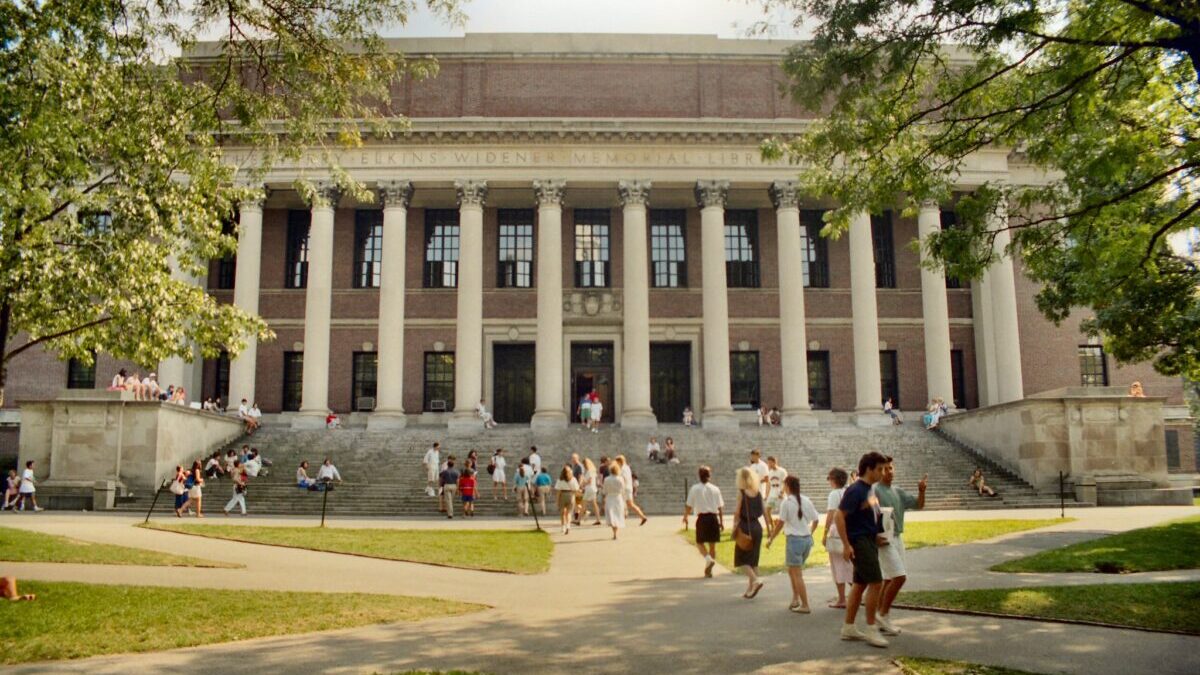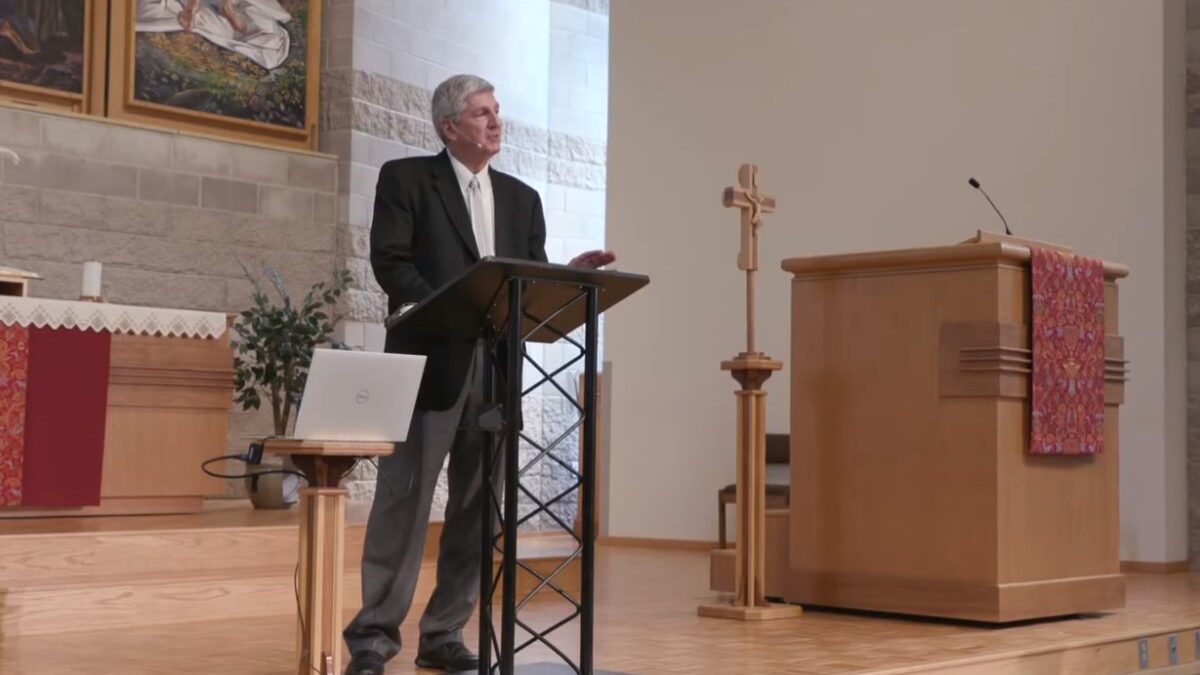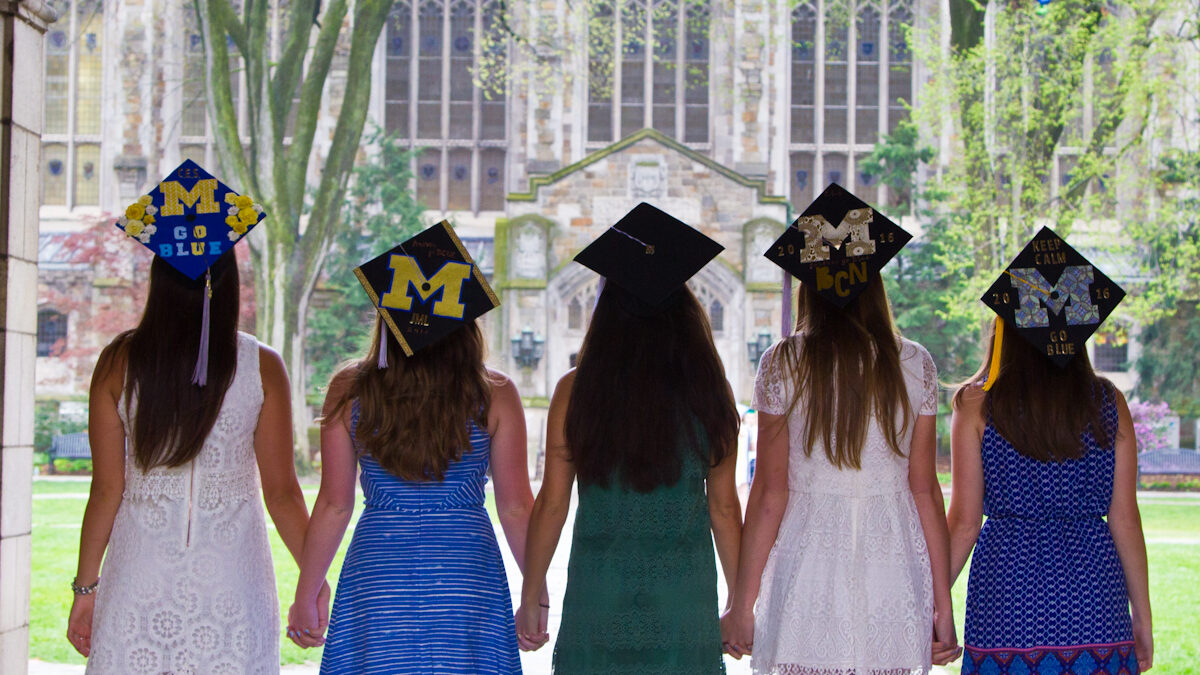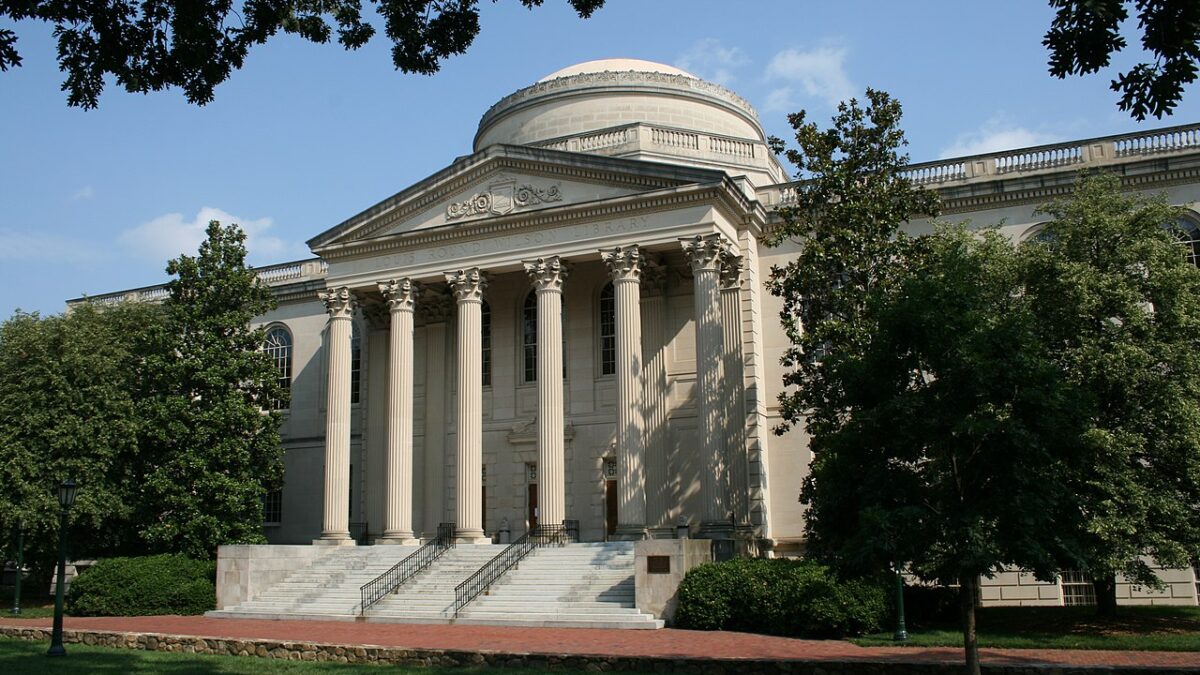Last week, interim President Richard Corcoran of New College of Florida, where I am a trustee, released an executive summary of a new core curriculum at the school. It’s a proposal in an early stage, but the first principle of a solid core is stated explicitly numerous times.
The summary doesn’t lay out particular courses that will make up the New College core, as reform began only a few months ago. But “Whatever the choices made,” Corcoran writes, “the program should be uniform.” Every student will pass through it, and everyone will read a set list of works (Plato, The Federalist Papers, and Tao Te Ching are mentioned). The sequence may run to a dozen courses divided into the two categories of “Techné” (science, technology, engineering, and math) and “Virtue” (humanities), not just the one or two Great Books courses that many schools including Harvard allow a few interested kids to choose.
This “central, common, intellectual experience” will “create a community,” Corcoran predicts, and not just within each respective cohort that passes through. Alterations from year to year will be rare. Progressivist educators insist that as the world changes the curriculum must change. They love innovation and the cutting edge. That desire won’t fly in Sarasota.
“The Virtue curriculum will be stable over time. Alumni children would read the same books which their parents read 25 years ago. The curriculum binds the NCF family across the generations,” Corcoran writes.
This fundamental commitment to sameness, commonness, and stability stands in forthright opposition to the customary blather about diversity, cultural relevance, social change, student choice, and other frameworks of “progress.” Bien pensant relativism that puts all cultures on the same level, that will not select certain creations and settings as essential, the rest as secondary, is utterly absent. The frank assumption of a special lineage of great works tells the young that they stand in the shadow of, precisely, greatness.
At one point, Corcoran refers to a history of science course that might be taught in the Virtue sequence, with a list of names: “Think Euclid, Pythagoras, Kepler, Galileo, Newton, etc.” To arrange the past like this is to present the students with a genealogy, which automatically gives their studies a structure that raises their thoughts and inducts them into the community of thinkers. To absorb Kepler’s laws of planetary motion is to be with Kepler.
Throwing out the Old
Let’s understand this as a matter of student health. First among the many educational crimes done to young Americans of the past two generations is the withholding of a coherent and elevated sense of the past. It started back in the previous century, when notions of diversity and multiculturalism broke up the old syllabus of Western civilization — English literature from Geoffrey Chaucer to James Joyce, the Enlightenment breakthrough, the Great American Novel, and other big-picture models — treating those noble lineages as exclusionary and unrepresentative.
Such inspiring traditions ended in a blaze of curricular reforms that downgraded dead-white-male stuff and emphasized select thinking skills (no more required U.S. history, for example, just any course that instilled “historical thinking” in some fashion). Educators cast the turn as overdue progress, an escape from the blinkered certitudes of Eurocentric agents.
They didn’t put anything in its place though — certainly not a rival big picture. Instead we have in the humanities a general education offering a little of this and a little of that, a Chinese menu of courses collected under abstractions such as Harvard’s “Aesthetics & Culture,” “Ethics & Civics,” “Histories, Societies, Individuals,” and “Science & Technology in Society.” That’s what Harvard came up with in 2009 when it revised its general education requirements: a set of generic labels that specify no content, no set body of knowledge.
Each section contains multiple choices that students can take that semester to meet the requirement. Under the first topic, we have “American Dreams Made in Hollywood and Beyond,” “Anime as Global Popular Culture,” “Black Radicalism,” “LGBT Literature, Politics, and Identity,” and many more narrow and unrelated courses. No common material, no common experience, nothing that every student is supposed to study, or that is affirmed as so essential to an educated person that it cannot be avoided.
The broad message is clear: The past is a jumble. Students in Cambridge and a thousand other places draw the obvious conclusion that the centuries that preceded them have no purposive meaning, no momentum. What do they think as they pore over such course selections? “Hmm, that looks interesting. … Nah, not that one, not for me. … Uh, what does RateMyProfessors say about the teacher?” No topic is exigent, and no clustering of works announces to all, “This is your vital inheritance.”
No Shared, Eternal Truths
To be educated in this way is to grow old in a wavering, superficial habitat. Religious observance might fix it, but most millennials and Generation Z-ers don’t attend services. No transcendent orientation for them, no eternal beings or truths. They live in the present alone, here and now, isolated in their own experience. The formation, scattered and casual, reinforces their solitude.
The meaning of their lives shrinks to the grooves of achievement and self-gratification. No wonder 71 percent of 18- to 29-year-olds believe most people “would try to take advantage of you if they got the chance.” In that 2018 survey, only 39 percent of 64-plus-year-olds agreed.
They wouldn’t feel that way if they had read the same books in school, studied the same events, and admired the same heroes. A canon would have taken shape in their heads, and in their friends’ heads too. They would have suffered and stumbled through The Scarlet Letter together.
If you doubt the brotherhood that such impositions create, take a look at how alums at Columbia University remember their year in its famed core curriculum. An administrator there told me once that the core would have been eliminated by faculty long ago if not for the passion of grads.
In effect, if we have enough of them, core curricula shore up a common culture. They also strengthen 18-year-olds entering the great big world and wondering where they fit. Faith in a legacy of genius and masterworks, fateful moments such as Charles Darwin on the Beagle and Julius Caesar at the Rubicon, all joining in a glorious march of civilization, help them do it well. A broken core doesn’t. The ressentiment that tears civilization down affects the psyches of the kids. Diversity, multiculturalism, a dismantled heritage, discredited traditions — they produce unhappy youths.
This is a matter of student health. Liberalism and progressivism have targeted the institutions and ideals that once handed the young a purposeful foreground for their lives (nation, church, community, family, tradition, western civilization, the American way). The sour, pessimistic, mistrustful mood of the millennials and Z-ers shouldn’t surprise us. A fixed, coherent, superior core is one way to supply them with what has been lost. We need it not just at New College, but at every liberal arts school in America.









